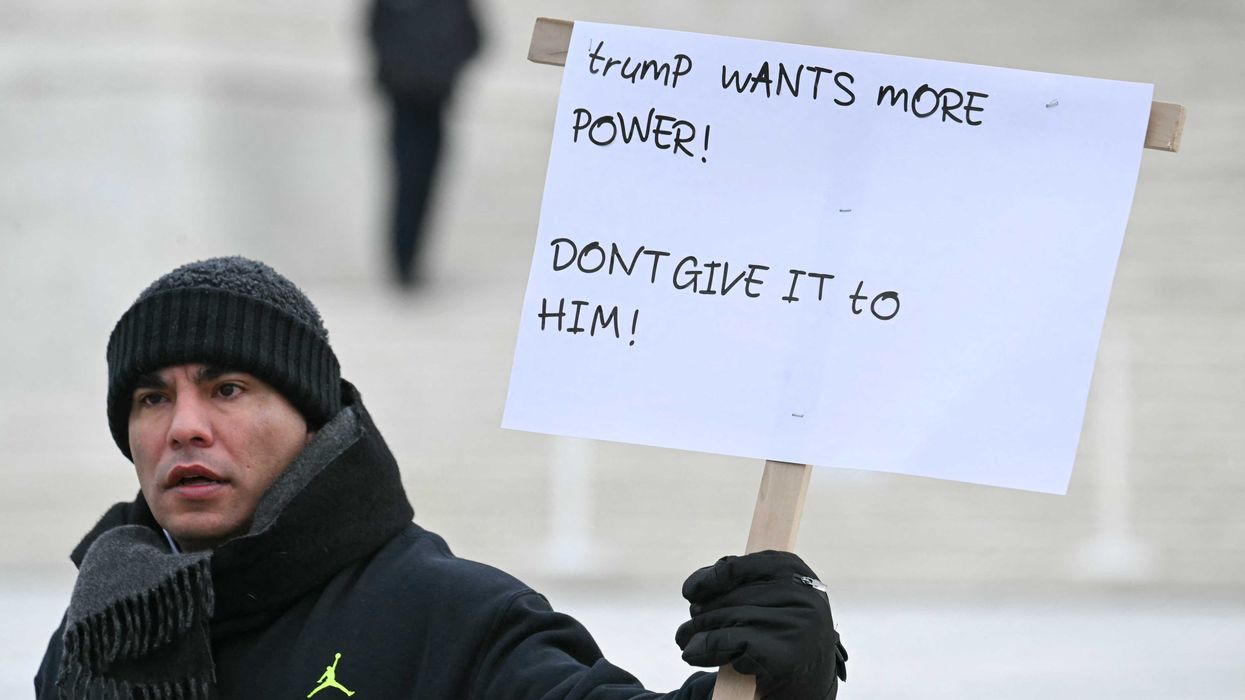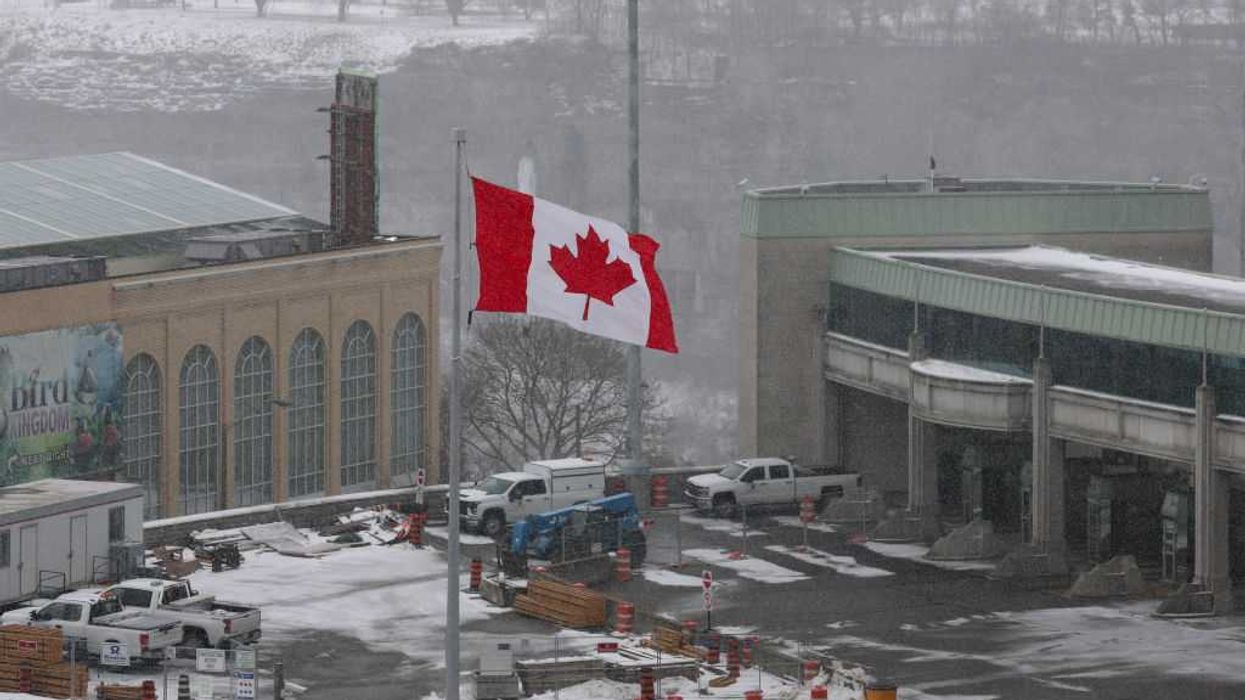Think for a moment about the last time you experienced an emergency situation such as a winter storm or a power outage. How prepared were you?
Now consider a bigger problem such as a large-scale food shortage or water contamination incident. What if a disaster forced you to leave your home for days or even weeks? How well would you survive such situations?
Just the thought can be overwhelming. Preparedness experts Justin Wheeler and Daniel Dean joined me to tackle these tough questions and lay out practical action plans you can take with your family to take your level of preparedness up a notch. It begins with asking yourself the following four questions:
- How would a friend describe my level of preparedness?
- What supplies do I have on hand?
- What steps have I taken?
- What scenarios am I ready for?
Find out your level of preparedness by matching your answers to the ones below.
LEVEL 0
How a Friend Would Describe Me
- No thought or effort put toward preparedness. Every emergency situation is a potential disaster.
Supplies I Have on Hand
- Less than one week of food in my house.
- No self defense plan or equipment.
- No water stored or way to purify it.
- No extra medicines/prescriptions.
- No grid-independent energy/heat capacity.
Example of Supplies at This Level
- Condiments in the fridge, Pop-Tarts in the cabinet.
Steps I Have Taken
- None. I see articles online and government alerts about being prepared for emergencies, but haven't put any energy toward it yet.
Scenarios I'm Ready For
- Situation, such as power outage for one day or less due to rainstorm.
***You'll be in trouble beyond a single day of an emergency situation***
LEVEL 1
How a Friend Would Describe Me
- You have awareness that one should have some stuff on hand for emergencies, and some effort put toward that. Note: This is how most Americans actually live their lives.
Supplies I Have on Hand
- About two weeks worth of food and water (or way to purify water), somewhat informally, mostly extra canned goods.
- Basic first aid and OTC medicines on hand because you buy value-sized to make sure you always have a little extra.
Example of Supplies at This Level
- Flashlight and batteries.
- Non-perishable foods: canned goods, cereal, pasta/rice, etc.
- "Bathroom first aid" items (Band-Aids, Ibuprofen, thermometer, Vaseline, etc).
- Bottled water, a gallon of bleach.
Steps I Have Taken
- Physical copies of key documents: birth certificates, marriage license, passports, mortgage, car title/registration, etc.
- I've talked to the adults/older children in my household about "what we'd do if" scenarios, such as a fire, flood, power outage, etc.
Scenarios I'm Ready For
• Small regional issue, minor disruption of services, such as power out for three+ days due to earthquake, ice storm, etc.
***You'll be in trouble after a few days of an emergency situation, or if you're forced to leave home***
LEVEL 2
How a Friend Would Describe Me
- You're a "Boy Scout." You probably wear a belt even if you have suspenders on. You feel consciously responsible for being prepared. Regular, organized effort put toward being prepared physically, if not mentally and spiritually. You're someone friends/family think of as "prepared" and would probably turn to in an emergency.
Supplies I Have on Hand
- At least one month of food and water stored (or way to purify water).
- Prescriptions on hand sufficient for at least a month.
- Capacity to generate off-grid heat/power on site (e.g. generator, basic solar).
- An "emergency kit" on hand so you can grab it and leave home if necessary.
- Something on hand you can use for self defense, could be a firearm, could be a baseball bat.
Example of Supplies at This Level
- Non-perishable foods specifically stored for emergencies, sufficient for two meals per day per person: rice, beans, dry pasta, canned goods, oats, salt, etc.
- Actual portable first-aid kit sufficient for the household/family.
- Candles or lantern, matches.
- Sleeping bags and extra blankets.
- Water stored and water purification supplies.
Steps I Have Taken
- A plan. My household has a plan in place that covers a few specific scenarios, such as what we'll all do in an ice storm/blizzard or if there is a terror attack in our area. The people in my household know what to do and whom to contact if there is an emergency.
Scenarios I'm Ready For
- Regional issue including significant disruption of basic services, such as a power outage of up to 1 month.
***You'll be in trouble after an emergency situation lasting longer than a month, or if forced to leave home for longer than a couple of days***
LEVEL 3
How a Friend Would Describe Me
- You've made prepping a "way of life" to an extent and are ready for anything. It's more than a personal thing; this is a group activity now, within your family circle, and perhaps with friends and neighbors.
Supplies I Have on Hand
- A one-year supply of food/water or more, and the capacity/plan to grow more in a garden.
- Barter items that will be useful in an economic collapse, such as silver/gold, ammunition, building hardware, clothing.
- Major first aid supplies, including antibiotics, basic surgical equipment, etc.
- The capacity to generate energy, heat and potable water off-grid, including fuel as necessary.
- Both handguns and rifles/shotguns on hand, enough ammo that you're worried about being on an ATF watch list.
Example of Supplies at This Level
- Significant food storage, including a scheduled calories/day diet for all household members: dehydrated and bulk dried foods.
- Major first-aid/trauma and emergency dental kit plus potassium iodate tablets sufficient for 10-15 days.
- A handgun and rifle for all willing adult members of the household, 1000 rounds of ammunition per weapon.
- Propane or other cooking and heating fuel safely stored.
- Gold and silver coins, rounds or bars.
Steps I Have Taken
- Serious training both for myself as well as other household members, including survival/medical skills, farming, sewing skills that will be necessary during a prolonged breakdown of services and government control.
- I have a relocation plan that involves my own family and potentially others, including provisions I can use both locally and wherever my retreat location is.
Scenarios I'm Ready For
- A major national emergency, such as a complete economic collapse, a nuclear/biological war or pandemic, or an EMP taking out the US Power grid
***You'll be in trouble if there isn't some semblance of a stable recovery and government after a full year***
LEVEL 4
How a Friend Would Describe Me
- You are ready to survive a Zombie apocalypse. You absolutely terrify the Liberal Intelligentsia.
Supplies I Have on Hand
- Gardening and/or farming equipment.
- Solar bank with deep storage batteries.
- Farm animals.
- Horses or ATVs for travel (with stored feed/fuel).
- 500+ gallons of fuel/diesel stored below ground.
- Battle rifles and carbines, at least 10,000 rounds of ammunition per weapon.
- Copy of the Bible, the U.S. Constitution, the Federalist Papers, Atlas Shrugged and books by Glenn Beck.
Example of Supplies at This Level
- Heirloom seeds, fertilizer/compost.
- FAL, M-14 or AR-15 rifles, accessories, extra magazines and equipment.
- Goats, cows, pigs and chickens or other livestock.
- Extra auto parts for ATVs/Vehicles: batteries, starter, alternator, belts, hoses, water pump, etc.
- Kerosene and lantern, wood or coal stove and fuel.
- Surgical kit including scalpels, clamps, sutures/staples, blood transfusion kits.
Steps I Have Taken
- I have a fully capable small farm/ranch, with food and supplies for myself, family and visitors.
- I have the plans and capability to defend it all against marauders up to platoon-sized foreign/UN troops.
- I have the ability to generate an income in a scenario either through selling food, equipment or services I am sufficiently skilled to deliver.
- I have the spiritual and philosophical basis to make morally correct decisions for myself, my family and property in a doomsday scenario.
Scenarios I'm Ready For
- The End of Days/Rapture/2nd Coming, global thermonuclear war, eruption of the Yellowstone Caldera, election of Hillary Clinton
***You'll be in trouble only if you fail to maintain my moral compass during trying times***


 JIM WATSON / Contributor | Getty Images
JIM WATSON / Contributor | Getty Images Joe Raedle / Staff | Getty Images
Joe Raedle / Staff | Getty Images AASHISH KIPHAYET / Contributor | Getty Images
AASHISH KIPHAYET / Contributor | Getty Images Harold M. Lambert / Contributor | Getty Images
Harold M. Lambert / Contributor | Getty Images